Your cart is currently empty!
Few years ago a lot of effort was devoted to integrate technology in the classroom. The two
famous teaching and learning models are TPACK (Technological, Pedagogical, and Content
Knowledge) and SAMR (Substitution, Augmentation, Modification, and Redefinition). These two
have become the basis in upskilling educators three to four years back.
To those who have encountered the said models for the first time in this article, let me offer a
short description of what the two models are about.
TPACK
TPACK in a nutshell is about having the mastery of content and instructional methods in
articulating the said content through the effective use of technology.
Thus, using TPACK is not dependent on the use of technology per se. TPACK emphasizes the
three important attributes an educator must have.
As you can see the TPACK image below, the sweet spot is where all three attributes meet. That
is the TPACK.
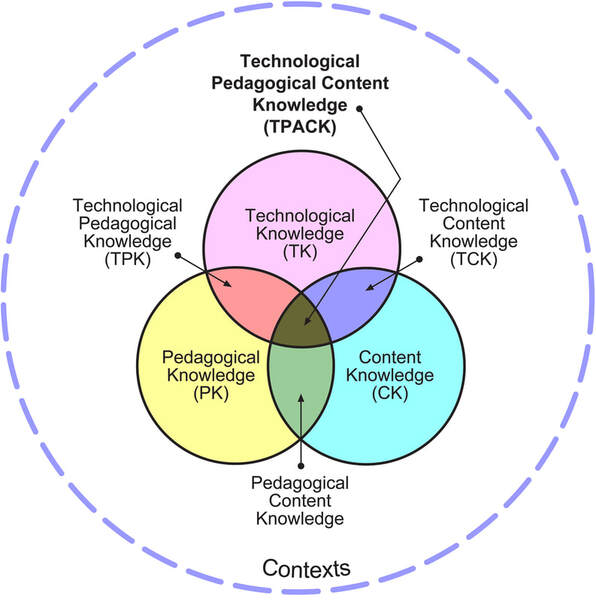
the designed teacher training focuses on Content, Pedagogy, and Technology.
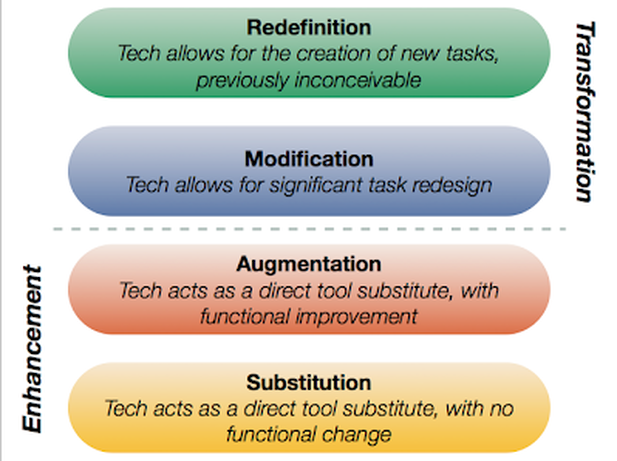
education using technology as a means. Moreover student engagement will be higher once
technology is used effectively and purposefully.
TPACK x SAMR
Let’s use SAMR to gauge the effectiveness in integrating technology in the classroom. While
TPACK will be used in identifying which attribute a teacher must be knowledgeable.
Phase 1: SAMR’s Substitution In this phase, this covers an initial trial in using technology for the digital immigrants. As an example for this, instead of an actual board writing of ideas the teacher uses a jamboard in the class, where students freely write their ideas about a certain topic. This is a direct substitution.
Phase 2: SAMR’s Augmentation
In this phase, there is direct substitution but with functional improvement. Using the first
example above, instead of a jamboard the teacher uses a padlet where everyone in the class
can put reactions or comments to someone’s ideas. With augmentation, content, knowledge,
and technology are individually tapped as necessity to design a lesson.
Phase 3: SAMR’s Modification
Since Modification requires task redesign using technology, this demands a combination of
technology and content (TCK), pedagogy and content (PCK), technology and pedagogy (TPK).
With the given example, the students may engage in an output driven feedback based on what
they have understood from a certain topic.
Phase 4: SAMR’s Redefinition
This is the target level of an educator wherein there is a high level of integration of technology,
pedagogy, content (TPACK). This demands creating an output that would not only use
technology but also exhibits clear understanding of a certain topic.
Thus SAMR and TPACK are two models that can be used to assist educators and
administrators on how to effectively transfer knowledge through technology.
The pandemic has forced digital immigrants educators who are not comfortable to use
technology to finally use it. But has the pre-pandemic teacher training have helped them?
Not to generalize but based on observation, teachers during the pandemic have rarely reached
Modification and Redefinition (SAMR) in the use of technology in an online classroom. Thus
teacher upskilling must be focused on technology and content (TCK), pedagogy and content
(PCK), technology and pedagogy (TPK) in TPACK.
With the pandemic, administrators, curriculum experts, and teachers should have reflected on
how to close the gap between the expected teacher competencies and available resources in
teaching online as a temporary replacement for face-to-face teaching and learning. To some
education institutions, online teaching and learning might not be temporary. Some of them
started to redesign and offer blended learning.
As a conclusion, the marriage of these two models will continuously challenge educators in
different levels of accountability in the education sector. Infrastructure, teacher and learner
readiness, and curriculum will be the key factors that need to be met and agreed on. Each
education institution must agree on their success indicators based on their existing level of
infrastructure, teacher and learner readiness, and curriculum.
References:
Alivi, J. (2019). A Review of TPACK and SAMR Models: How Should Language Teachers,
Adopt Technology?, Journal of English for Academic and Specific Purposes Volume 2. https://www.researchgate.net/publication/338090115_A_REVIEW_OF_TPACK_AND_SAMR_
MODELS_HOW_SHOULD_LANGUAGE_TEACHERS_ADOPT_TECHNOLOGY
EDUCAARONMESSER (2014, November 9). TPACK or SAMR.Mr Messer Teacher
Blog.https://aaronmesserteaches.wordpress.com/2014/11/09/tpack-or-samr/
Onexvad, S. (2013, July 4). Using SAMR to Teach Above the Line. Getting Smart.
https://www.gettingsmart.com/2013/07/04/using-samr-to-teach-above-the-line/
http://www.tpack.org/
TPACK Image. Adapted from “Using the TPACK Image,” by M. Koehler, May 11, 2011,
TPACK.ORG. Retrieved December 8, 2021 from http://www.tpack.org/. Reproduced by
permission of the publisher, © 2012 by tpack.org
SAMR Image. Adapted from “SAMR for Leadership: Beyond the Basics,” by R. Puentedura,
Ph.D. , Ruben R. Puentedura’s Weblog. Retrieved December 8, 2021 from
http://www.hippasus.com/rrpweblog/archives/2014/10/29/SAMRForLeadership_BeyondTheBa
sics.pdf. http://www.hippasus.com/rrpweblog/archives/000133.html

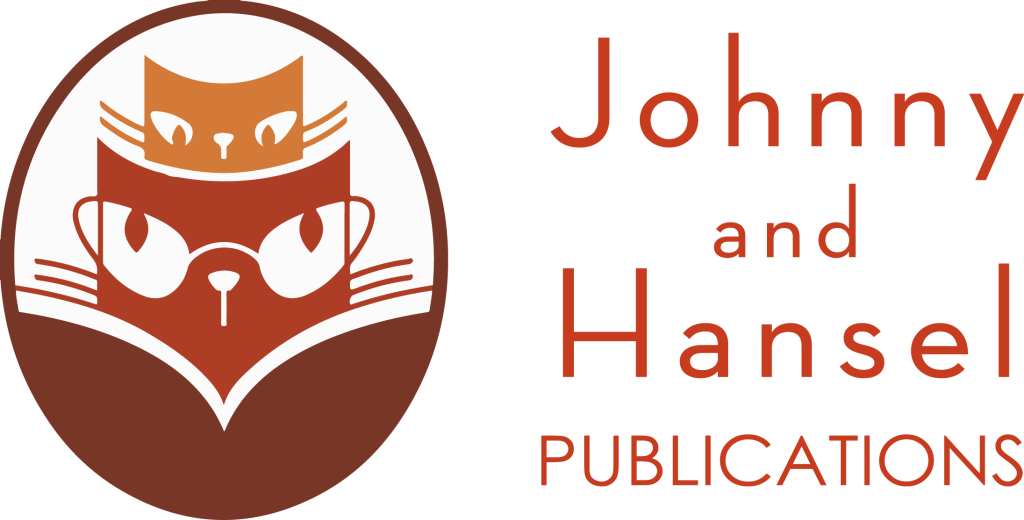








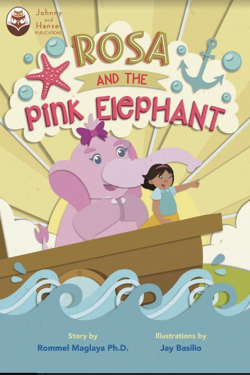
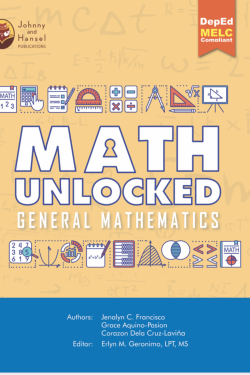
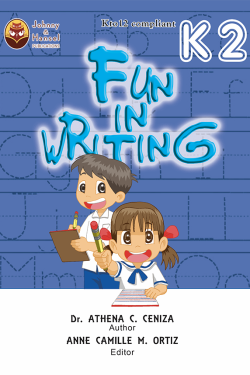

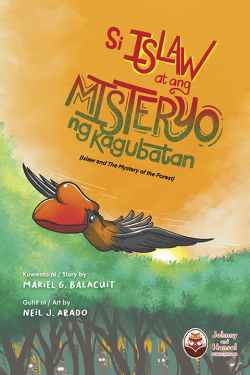
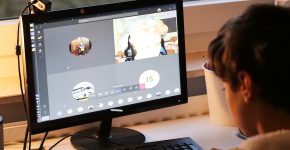


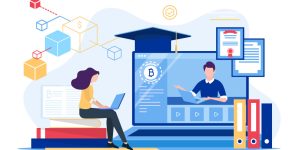

what is your mode of payment